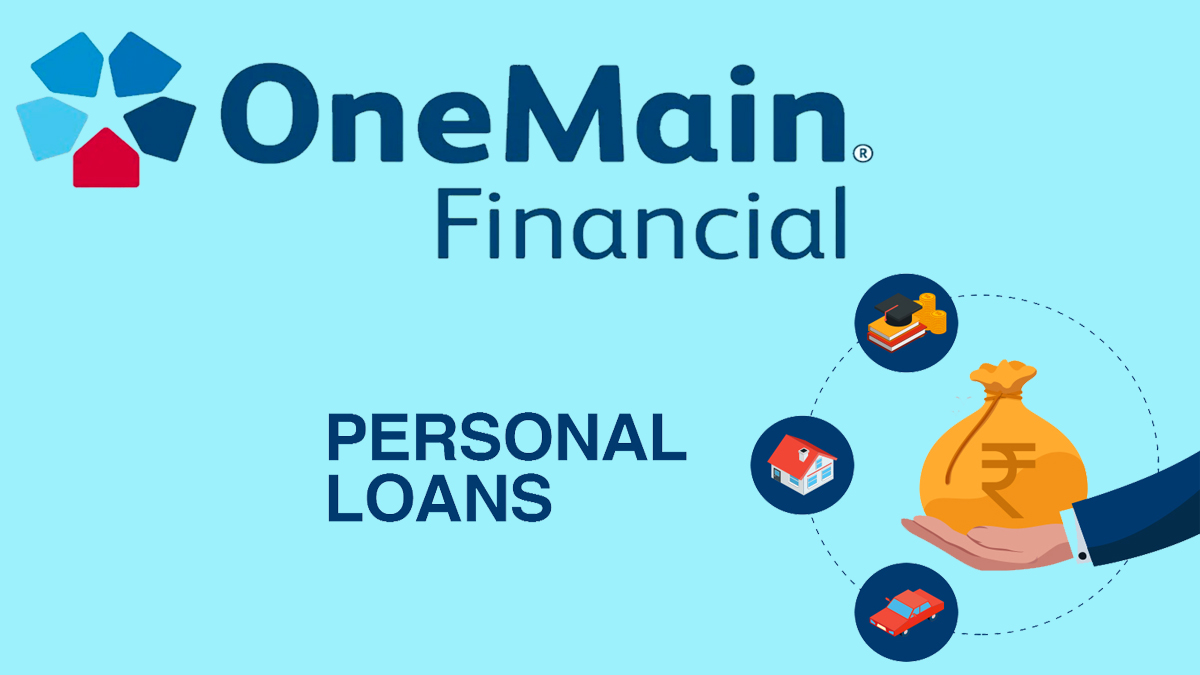Managing student loan payments can be a significant financial challenge for many graduates. With the burden of debt impacting various aspects of life, finding ways to reduce monthly payments can provide much-needed relief.

This article will discuss various ways to lower your student loan payments, helping you to achieve greater financial stability and ease the strain on your budget. Whether through refinancing, income-driven repayment plan. Or exploring loan forgiveness options, there are several methods available to make your student loans more manageable.
How to Lower Your Student Loan Payments
Here are ways in which you can Lower Your Student Loan Payments. And sort out which option best suits your financial situation for lowering your student loan payment.
Refinancing your Loans
Your student loan can be refinanced to merge your debt and help you get a lower interest rate that decreases your monthly payment. So if you owe the sum of $50,000 with a 11% interest rate. And a whole 10-year term and you refinance it with a 5% interest rate and 10-year term. You would then have to pay $158 less each month and also save the total sum of $19,010 in total interest.
Refinancing your loan has no limit. So, if you are able to qualify for the lower interest rate, you will save money.
When a federal loan is refinanced, all your related benefits will be gone, plus access to loan forgiveness programs, the forbearance option, and IDR plans that take longer. Check for pros and cons before deciding.
Employer Assistance
An employer can be a source of repayment outside of the federal government by making a tax-free contribution to student loans. Make sure to ask your HR if this is an option or not.
People in the healthcare or legal space can also qualify for specialized loan repayment programs (LRP). Those who are eligible for loan forgiveness or loan repayment programs need to have been working in an underserved or low-income field for a few years. Both the federal and private loan balances can be forgiven.
Lengthen your Loan Term
If, as a student, you owe the sum of $50,000 with an 8% interest rate for a 10-year term, then you can refinance to a 6% interest rate for a 20-year term, which makes your new monthly payment a total of $256 less each month.
However, the longer the terms accumulate interest, the more you would have to pay $13,175 by refinancing a 20-year term. To be able to manage your increased interest, you should refinance to make an extra payment once your income goes up. There’s no prepayment penalty attached to student loans in order to pay off the balance ahead of schedule.
Consolidate Federal Student Loans
A federal student loan can be merged into one monthly payment if you qualify for direct consolidation. To consolidate simply means to simplify the repayment process, which allows you to track and manage your debt. This interest rate switched from variable to fixed, which helps the lasting life of the loan. Access to repayment plans that reduce your monthly payment can be gained.
Only full-time students can qualify for this. It’s mandatory that you set your loan in a repayment or grace period and also complete the necessary online application. After all that, wait for a loan servicer to reach out to you for further guidance through the consolidation process.
Change your Repayment Plan
Under the repayment plan, there are two ways your repayment plan can be changed. Either it’s an income-driven repayment plan or a non-income-driven repayment plan.
Income-Driven Repayment Plans
The loan forgiveness feature comes with all IDR plans. When the payment is made after 20 or 25 years, the remaining balance is forgiven and won’t be taxed after 2025.
Your IDR plan monthly payments are based on a percentage of your discretionary income, which differentiates between your income and 100% of the federal poverty guidelines for your family size and state.
As a two-married couple that earns $50,000 annually, the statewide poverty guideline is $19,720 in 2023, so to know your discretionary income, you’d have to subtract $19,720 from $50,000, which equates to $30,280.
These are the four main IDR plans:
- Revised pay as you earn (REPAYE). Payments 10% of discretionary income
- Pay as you earn (PAYE). Payments: 10% of discretionary income
- Income-based repayment (IBR). It’s either 10% or 15% of discretionary income.
- Income contingent repayment (ICR). 20% payments of discretionary income, or you’d pay under a 12-year fixed term.
Check your loan details to see which repayment plan works best and suits you.
Non-income-driven repayment plans
The two non-IDR plans are the extended plan and the graduated payment plan. The extended plan has a minimum 25-year term with a fixed monthly payment, while the graduated repayment plan starts with low monthly payments that increase each day. For most loans, it’s a 10-year loan, and for consolidation loans, it’s up to a 30-year loan.
Use Forbearance or Deferment
If you can’t meet up with the student loan and probably need a longer period to come up with a solution, it’s advised that you contact your servicer to make a request for deferment or forbearance.
The option chosen might determine the length of your payment for periods of three, six, or 12 months; the difference is in how the interest accrues. There are loans, like subsidized and Perkins, that incur interest during deferment. Student loans will, however, accrue interest during forbearance.
The length of your unpaid payment differs. Federal borrowers have access to 36 months of unemployment deferment and 36 months of economic hardship deferment throughout the entirety of the loan. Deferment can also be requested by cancer patients during treatment, with a six-month grace period after their treatment ends.
Students with medical expenses, job loss, or anyone experiencing any financial difficulty have access to general forbearance. So general forbearance for federal student loans might get asked for during the period of 12 months at a time for up to three years.
Deferment and forbearance for people with private loans differ. So it’s advised that you seek the proper information needed to apply and see available resources from your lender.
Your payment may likely stop temporarily due to forbearance and deferment, and that might incur a higher interest rate in the long run. When your payment resumes, the interest payment will keep building during the pause and capitalize on the payment.
FAQ
Can a student’s lower-payment loan be negotiated?
Yes. Your loans will have to be in default or near default before the negotiation can begin. Most lenders may advise an alternative repayment plan; if you think your loans are beyond hardship assistance, then you can opt for negotiation to settle the student loans.
How can I reduce my student debt?
In order for you to reduce your student finance, it’s advised that you stop your student finance payment as soon as you decide to suspend your studies or be quick to leave your course.
Can I repay a student loan in one lump sum?
Absolutely, Make use of the student loan lump-sum payment calculator to see how much you will be able to save.



